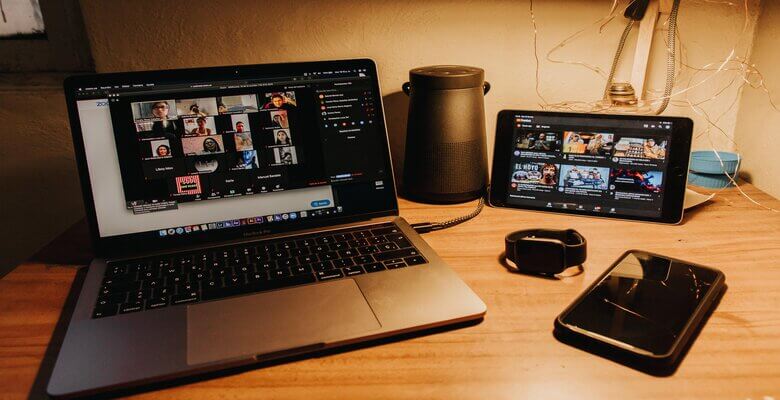By
Michele Rowan
|
Date Published: February 03, 2021 - Last Updated January 30, 2021
|
Comments
 While there is now light at the end of the tunnel in terms of vaccine rollouts, the current COVID-19 infection rate and restrictions on our lives are greater now than they have ever been before - for many regions and countries around the globe.
While there is now light at the end of the tunnel in terms of vaccine rollouts, the current COVID-19 infection rate and restrictions on our lives are greater now than they have ever been before - for many regions and countries around the globe.
Many organizations are taking progressive steps to stay well connected at every level of the organization by actively listening and quickly supporting individual team members, and starting to articulate what working structures may look like as we move through the year and are able to become more mobile. Here's how companies are ensuring their WFH environments are as sturdy and resilient as possible:
Making employee connection as easy as it once was with in-house employees.
Employees need to be able to exchange work experiences and knowledge during the day, with one or two clicks, and they need to socialize. And they need to be able to ask for help in solving customer issues (after attempting self-service) from a subject matter expert - preferably while sitting amongst their peers, who can also comment.
Highly successful WFH leaders use dedicated chat rooms at minimum. Even better are all-in-one platforms such as Microsoft Teams, Google Hangouts, Slack. The platforms create immense visibility and sense of team that sometimes are even better than the physical office environment could ever deliver. Finally, WFH employees need to be able to socialize easily. Businesses are social organizations, so making that work in distributed environments is critical. Forming an employee action committee to develop activities (within budget) is a best practice, and sure to be reflective of employee interests.
Stepping up flexibility to create "new" balance for people.
Now more than ever, companies are reviewing their long-standing policies across the board and updating them as much as possible to offer incremental flexibility to their employees. Organizations are trading tight restrictions and work rules for flexible guidelines and options.
These alternatives are designed to take some pressure off their employees. If an employee is late to work, not a problem; add the time on to the end of the work schedule. Need a schedule adjustment for a month due to child care challenges? We will make that happen. Want to work on a special project that's been posted? We're segmenting parts of work schedules for temporary assignments, special projects, and professional development opportunities. Need to work split shifts or part-time for a while? We will look at ways to do that.
It may cost more to make the environment more flexible, but it is far less costly than losing seasoned employees and incurring the cost of replacing them.
Connect people's individual roles with a sense of purpose and company vision.
Now is a good time to remind employees of the impact of their roles, and contributions to their organizations and the community at large. Individual value, team value, organizational purpose - all are of high importance to many employees. Refreshing this messaging, and speaking to new ways in which your organization will be aligning with the larger community to enrich lives and future generations will be thoroughly embraced.
We’ve patched things together in this past year to make distance work function. Now, let’s invest in best practices to make sure our employees and our organization thrive.